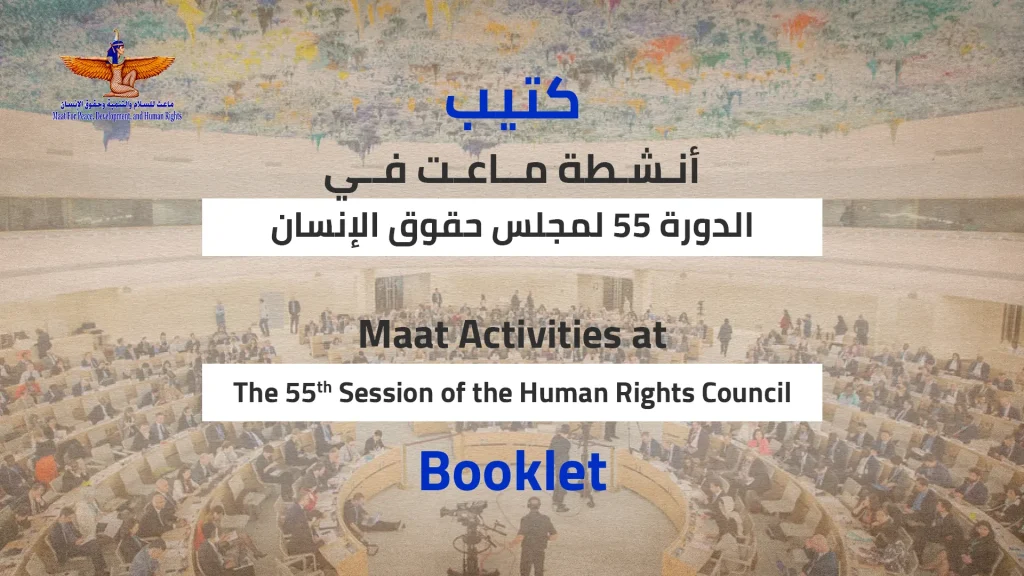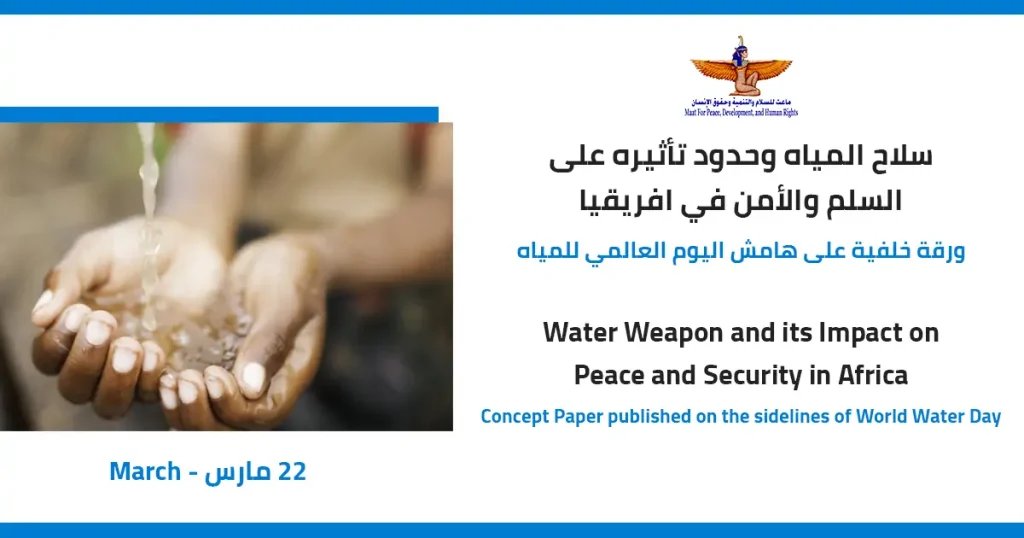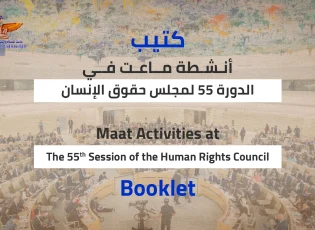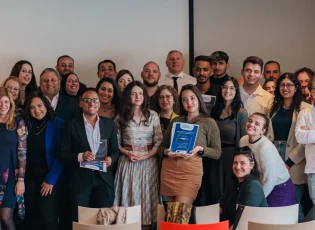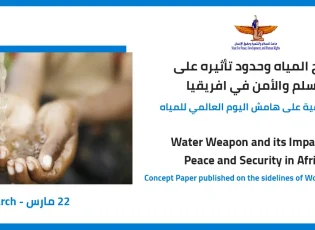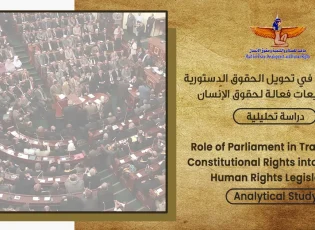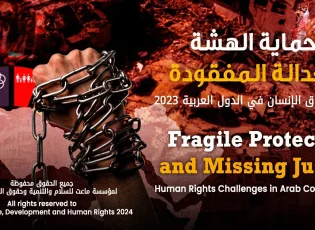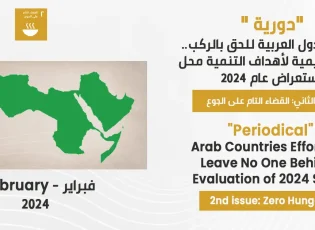Disasters are hazards that occur where many inhabitants live "in heavily inhabited areas", affect negatively on their lives, resources and properties. Usually, the poor and vulnerable people, particularly in developing countries, who are more and highly affected by disasters such as earthquakes, floods, tsunamis, droughts and naturals hazards which is resulted of climate change. Due to global warming, people in developing countries, in particular, face more prolonged droughts, more intense storms; changes in timing and reliability of rainy seasons led to a decrease in crop yields.
Furthermore, countries which suffer from a lack of resources are not able enough to adapt to these disasters. They are the most vulnerable as most of them, their economies, depend on agriculture and other climate-sensitive sectors. Therefore, their willingness to achieve sustainable development relies on their ability to reduce disaster risk.
Since the 1990s, Egyptian authorities realized that climate change has an impact on several regions inside Egypt as the costal-zone. The government has taken several important steps to face this issue such as establishing a National Center for Land Use and a National Committee for Integrated Coastal Zone Management.Thus, Maat for Peace, Development and Human Rights (Egypt) presents this report to monitor and analyze measures taken by Egyptian government based on a participatory approach in terms of its efforts to reduce the disaster risks..
In addition to how these efforts are going in parallel with its national development agenda 2030. Maat has compiled, collated and analyzed available information on the disaster risk reduction and the development process in Egypt, in the context of 2015 internationally agreed policy documents.



